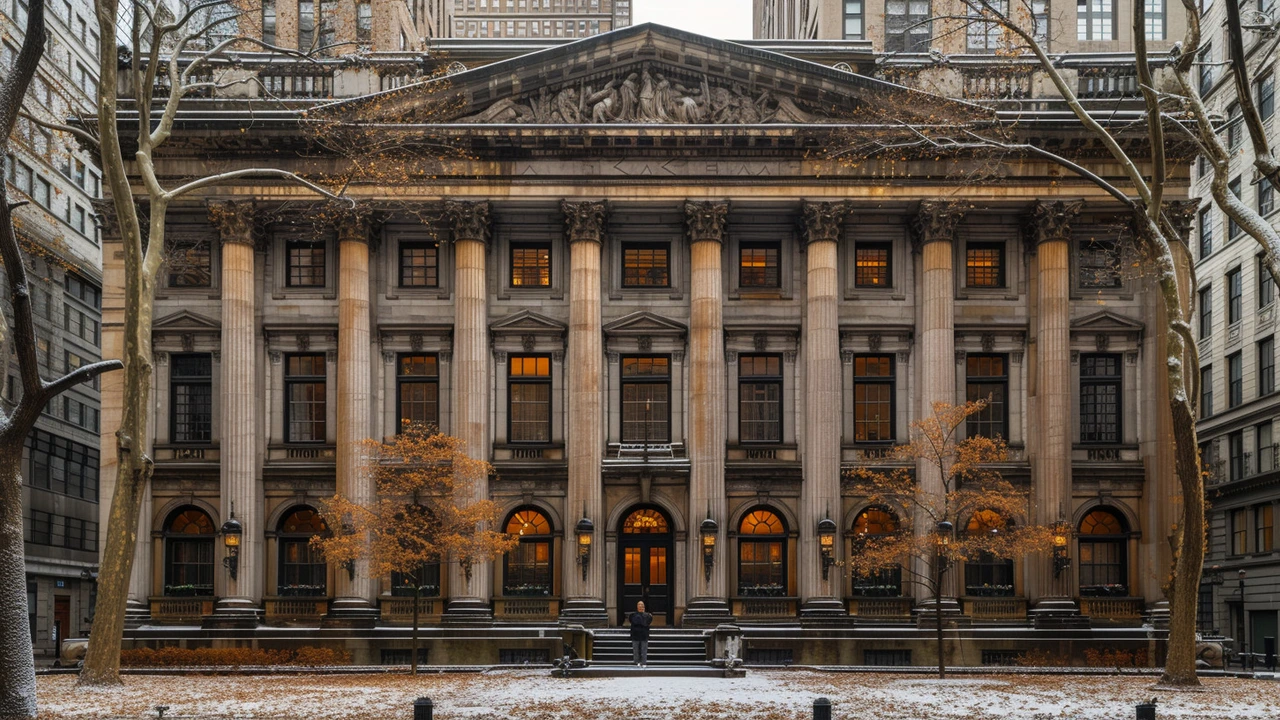Hey everyone, it's your favorite design enthusiast here! Have you ever noticed how the grand, symmetrical designs of Federal architecture have seeped into our homes' interiors? It's like these historical buildings have whispered their secrets into the very fabric of our modern living spaces. I'm diving into how the elegant and authoritative vibes of pillars, domes, and classic ornamentation are transforming our contemporary design choices. It's fascinating to see these timeless elements giving a distinctive character to interior aesthetics, blending old-world charm with the comfort of the modern world. Stick with me as I unwrap the layers of influence that Federal architecture has had on interior design!
Interior Design Evolution: How Styles Move and How to Use Them
Did you know the sofa you sit on carries clues about trade, technology, and politics? Interior design evolution is more than trends—it maps how people lived, what materials were available, and what they valued. This tag collects posts that explain those shifts, from Roman engineering to neo-futurist visions. Use these pieces to spot styles, pick practical ideas, and plan updates that feel authentic.
How styles change and why it matters
Design changes when new tools, materials, or ideas arrive. Steam power and mass-produced parts made simpler, repeatable pieces common. Crafts movements pushed back toward handwork and local materials. Wars, trade, and wealth shifts moved tastes fast. Tech like reinforced concrete and plate glass expanded what builders could do. Style also responds to lifestyle: open plans follow casual family life, while formal rooms reflect strict social rules. Watch causes, not just looks, and you’ll make smarter design choices.
Practical ways to use history in your home
Start small: pick one clear anchor. Use a strong element—a fireplace, an arch, or a row of windows—as the main idea. Add supporting pieces from the same era: lighting, trim, or a rug. Mix in modern comforts so things work: efficient HVAC, smart lighting, and storage solutions. That keeps the room honest and functional.
Style ID is easier with a few signs. Columns and symmetry point to classical or Georgian influence. Minimal trim, flat roofs, and ribbon windows hint at International or modernist roots. Heavy ornament, curved forms, and dramatic staircases suggest Baroque or Beaux-Arts. Mediterranean or colonial blends show shaded courtyards, verandas, and local stone. Postmodern rooms often mix playful color, historical references, and unexpected shapes.
For budget-friendly updates, start with paint and textiles. Swap cushions, curtains, and a rug for big mood change. Update hardware and light fixtures to lift a room without heavy construction. When you plan bigger changes, hire an architect or contractor early. They can flag structural or code issues, especially in older buildings. Preserve original details where you can—moldings, floors, and built-ins add character and resale value.
Want to learn more? Read the linked posts on this tag for deep dives: ancient Roman techniques for structure, Beaux-Arts for urban drama, Bauhaus for function, and neo-futurism for tech-driven ideas. Save articles that match your goals and refer back when you shop or plan renovations.
Focus on scale and rhythm: keep furniture proportional to room size, repeat materials to create flow, and use a few bold pieces as focal points. Lighting layers—ambient, task, and accent—transform function and mood. Consider sustainable choices: reclaimed wood, low-VOC finishes, and energy-efficient systems—they age well and reduce costs. Take photos before changes, test paint on walls, and live with a layout for a week before committing. Small tests prevent costly mistakes. Ask questions, keep receipts for warranties, and document decisions always.
Scroll the posts below to compare styles and save favorite ideas now. Start with one small change this week and track the difference today.

